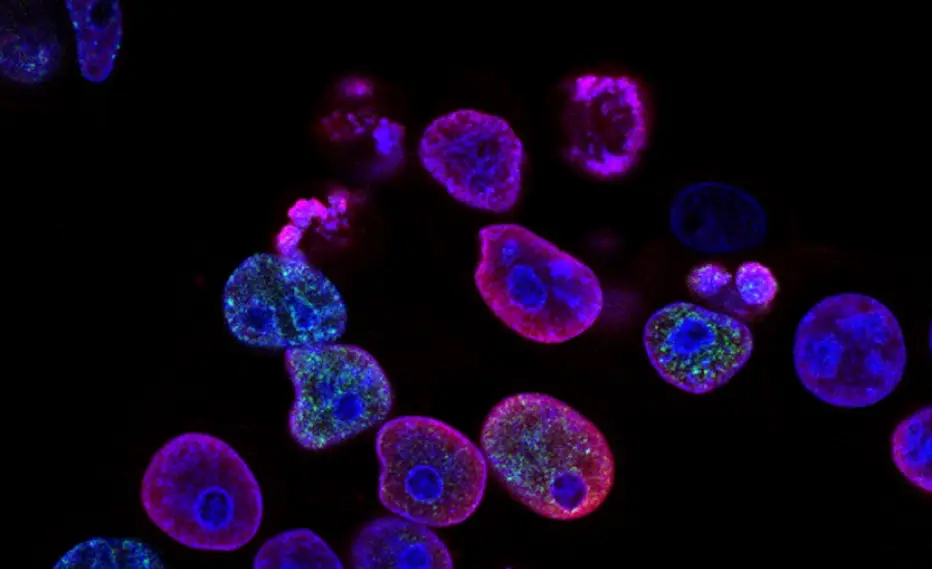A century-old mystery in meiosis solved by mutation

March 8, 2024
This report has undergone a thorough review according to Science X's editorial process and guidelines. Content credibility has been certified by editors on the basis of the following characteristics:
- Fact-checking
- Confirmation through a peer-reviewed publication
- Reputable source
- Thorough proofreading
Endorsed by the Pohang University of Science and Technology
Recent high-throughput genetic screening of meiotic crossover rate mutants in Arabidopsis thaliana has solved a century-old riddle in life sciences.
The study was conducted by a group comprised of Professor Kyuha Choi, Dr. Jaeil Kim, and Ph.D. candidate Heejin Kim, from the Department of Life Sciences at Pohang University of Science and Technology (POSTECH). They disclosed the molecular process responsible for crossover obstruction during meiosis, an interactive model at the chromosomal level.
The research results were published in Nature Plants on February 20.
In sexually producing organisms, offspring bear striking similarities to their parents, and siblings. It's essential to note, however, that absolute identicalness is unachievable. This variation is due to the process of meiosis that creates distinctive reproductive cells like sperm and eggs in animals, or pollen and ovules in plants, via a process known as crossover.
Meiosis and crossover are key to biodiversity and significantly impact breeding wherein the selection and cultivation of superior traits in crops take place.
Typically, a minimum of one and maximum of three crossovers per pair of identical chromosomes are observed in most animal and plant species. Controlling the number of these crossovers might enable crop cultivation with defined desirable traits, but this control has been difficult to attain due to the phenomenon of crossover interference.
Crossover interference was identified by fruit fly geneticist Hermann J. Muller in 1916 as a barrier to the formation of another crossover along the same chromosome. The mechanisms behind crossover interference have started to become clear only recently, despite a century-long effort by researchers.
The research team employed a high-throughput fluorescent seed scoring method to measure crossover frequency in Arabidopsis plants. Through a genetic screen, they identified a mutant named hcr3 that exhibited an increased crossover rate.
Addition analyses disclosed that a point mutation in the J3 gene, which encodes a co-chaperone related to HSP40 protein, caused the increased crossovers in hcr3. This research showed a network involving HCR3/J3/HSP40 co-chaperone and the HSP70 chaperone control crossover interference and localization by enabling the degradation of the pro-crossover protein, HEI10 ubiquitin E3 ligase.
The utilization of genetic screen techniques to reveal the crossover impediment and prohibitory pathway has successfully answered a century-old question in the life sciences.
Professor Kyuha Choi of POSTECH stated that applying this research in agricultural practices would help rapidly accumulate beneficial traits and reduce breeding time. She anticipates this research could contribute to breeding new varieties and identifying useful natural variations responsible for desirable traits like disease resistance, improved productivity, and high-value production.
Heejin Kim et al's significant findings on the control of meiotic crossover interference by a proteolytic chaperone network, are documented in Nature Plants (2024).
All journal information was provided by Nature Plants.
The research was conducted by Pohang University of Science and Technology.




